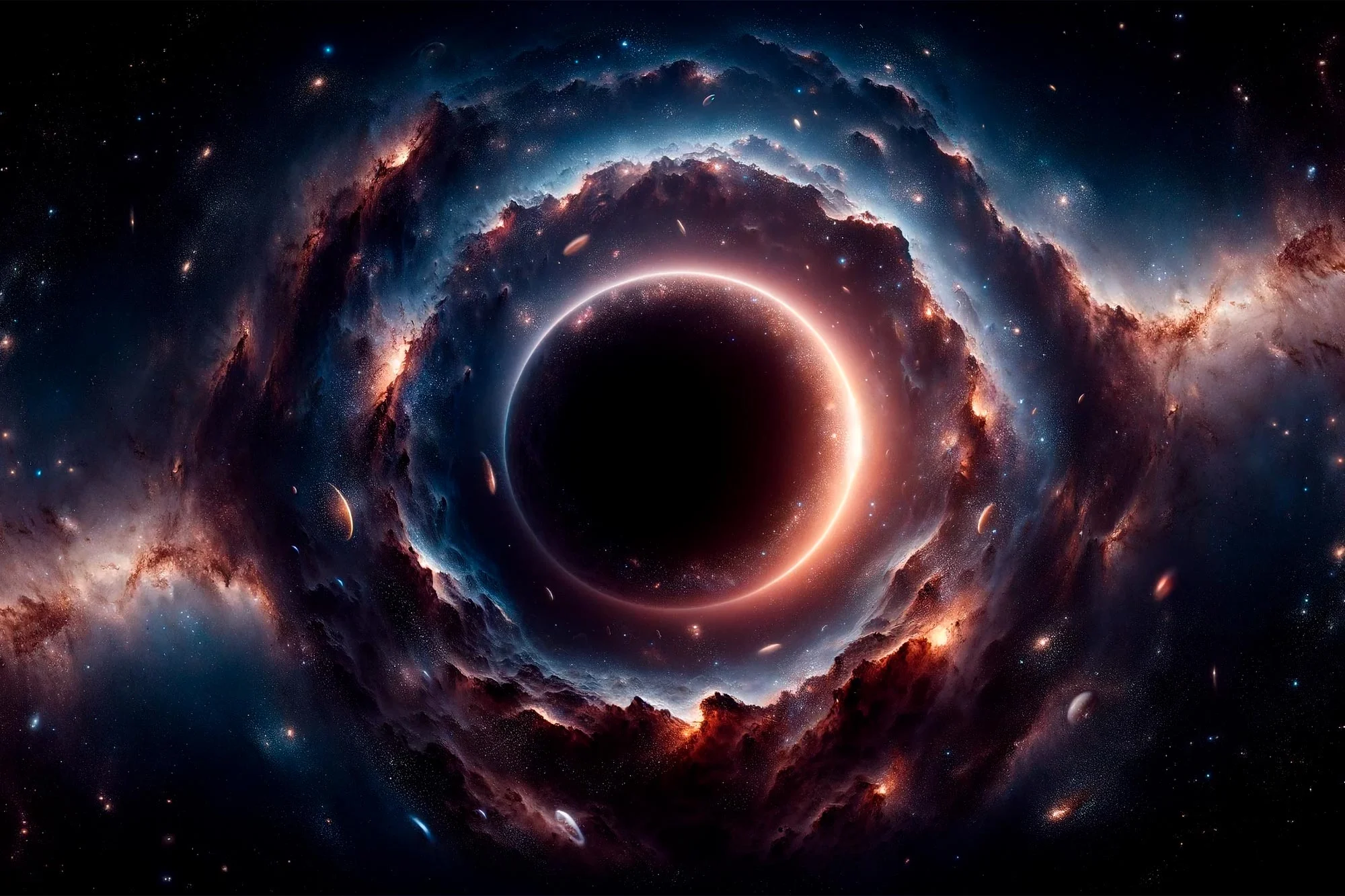People have wondered about the vastness of space for a long time. Initially, people thought the atmosphere was space, but later they realized that even air has weight. However, the concept of emptiness still holds true in space, where we find objects like asteroids, stars, and dust particles.

In general language, this emptiness is called the void of space, and it is where various objects in space reside. Space surrounds the Earth, and looking at the night sky reminds us of its infinite emptiness. For many years, people have sought answers about the void of space.
While vast regions of space are filled with ether, it doesn’t create a true void. In the past, it was believed that ether caused the true void, but science has shown otherwise. Light waves can move ether, disproving this theory.
An experiment on the speed of light helped scientists understand this better. When the experiment failed, they abandoned the idea of ether. Space is filled with charged particles and hydrogen, making it challenging to find absolute emptiness.
To reach the true empty space of the universe, we’d need to travel hundreds of millions of years away from our nearest galaxy. However, even in this cosmic void, there’s no dark matter.
Finding completely empty space in space is difficult because there may be neutrino particles present. Additionally, we can observe radiation that has existed since the beginning of the universe. Microwave radiation, a type of radiation particle, has existed since the universe’s inception, making it seem impossible to escape.
Leave a Reply